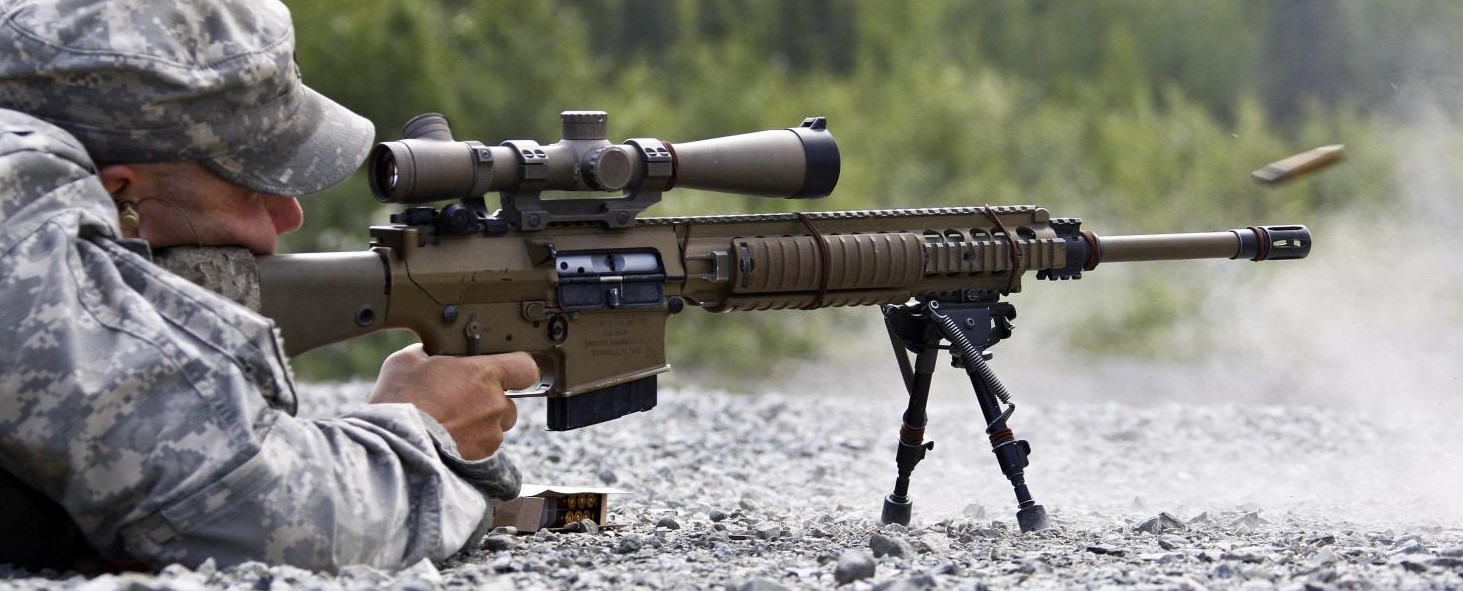
The M110 8 inch SP gun is a US army vehicle that saw service in the British Army from around 1965 along with the similar M107 175 mm SPG. Both share the same hull and chassis, with the M107 being easily distinguished by the much longer gun. The M110 was nuclear capable and was intended for use well behind lines, hence the lack of crew protection. The pictures are of a privately owned vehicle and were taken at the War and Peace Show, UK, 2005.
M110 Barrel Length Vs
Weight (lb)/ (kg) 14.95 / 5.72. 110 ELITE PRECISION. The 110 Elite Precision is the pinnacle of the Savage's 110 designs. We've begun with the time tested Model 110 action and then rethought every aspect of the rifle. The overhaul includes all of the upgrades demanding shooters make to their long range tack drivers. Barrel Rifling and Twist: 20' barrel (not including flash suppressor) with 5 grooves, right-hand twist with 1 turn in 11 inches (279 mm). Muzzle Velocity: 2,571 fps (784 meters per second) M118LR Ammunition / Barrel Length: 20' (508 mm). Maximum Effective Range: 1,000 meters (M118LR velocity at 1,000 meters is 1,099 fps).
Specification8-in Self-Propelled Howitzer M110A2
The trial designation for the US Army was T236E1. Apart from the barrel and mounting it is almost identical to the M107 175 mm M113 SP Gun. |
(pre-GS 'A' number designations) How to open readdle documents guide.guide file.
M110 Sniper Rifle Barrel Length
Back to my AFV HomepageM110 Barrel Length Comparison
Through a competition held in 2005, the Knight's Armament design was marked the winner and afforded the US Army designation of M110 'Semi-Automatic Sniper System' (SASS). The weapon retained the M24's 7.62x51mm NATO cartridge chambering though this was now fed through a 10- or 20-round detachable box magazine. Firing was via a semi-automatic action involving a gas-operated piston and rotating bolt. In many respects, the M110 was a highly-modified Armalite AR-10 offshoot with improved tactical functionality and logistical capabilities refined to help bring it more in line with the AR-15 family and similar firearms. The improved rate-of-fire and penetrative capabilities of the M110 would serve it well in an active combat zone with over five years of collected after-action battle reports used in its development.
Outwardly, the M110 mimicked the well-accepted lines of the long-running AR-10/AR-15/M16 family of automatic weapons. The fixed stock was plastic to reduce weight and integrated to the receiver which housed the required internals. The weapon featured a well-angled ergonomic pistol grip with the magazine well in its usual place ahead of the trigger group. A heavily perforated heat shield / hand guard ran ahead of the receiver and shrouded a good length of the barrel, leaving some exposed length ahead of the weapon. The muzzle was capped by a slotted flash suppressor while support for an optional sound suppressor was noted. The receiver, hand guard and heat shield all featured lengths of MIL-STD-1913 rail which allowed for use of various accessories to suite operator needs. In its usual configuration, the M110 was fitted with a standard XM151 3.5-10x variable scope atop the receiver with an adjustable, folding bipod under the gas cylinder. The weapon was cocked in the usual AR-15/M16 way through a pull handle system found at the extreme aft end of the upper receiver. The M110 operator could tote his rifle via strap across the back or over the shoulder in the usual way while a soft or hard case was shipped with the rifle as well as all applicable cleaning supplies and maintenance tools.

